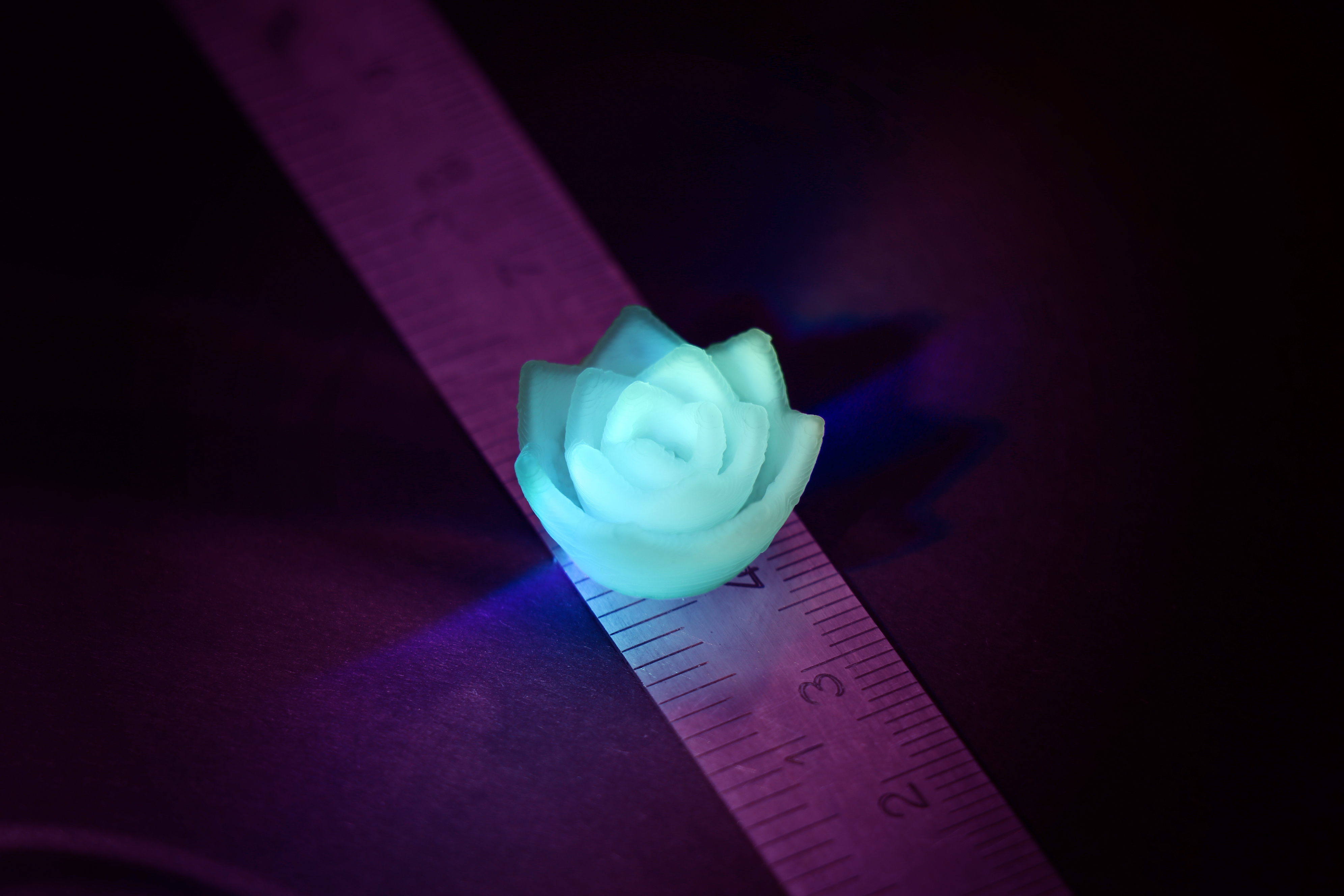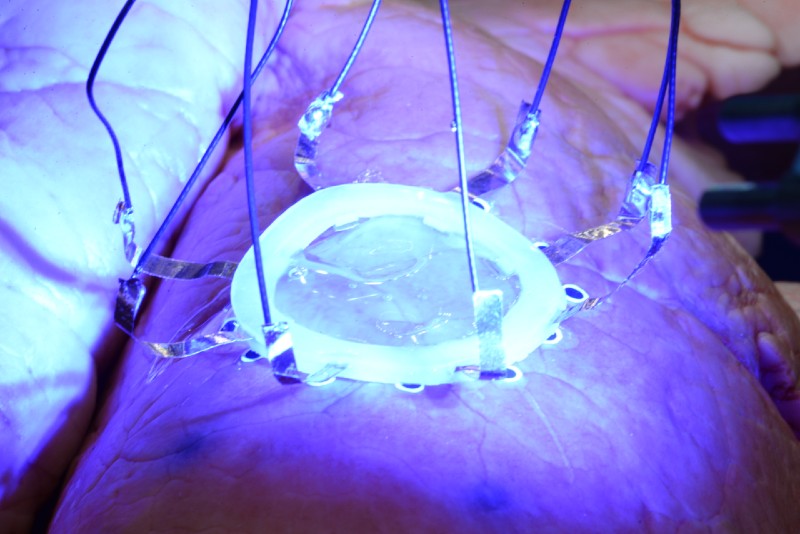Creating 3D-printed, low-cost, durable violins for music students, researchers have explored the factors that result in the best violin sounds and performed a concerto composed specifically for 3D-printed instruments. The violin was created in two sections. The body is made of a plastic polymer material and designed to produce a resonant tone, while the neck and fingerboard are printed in smooth ABS plastic to be comfortable in the musician’s hands. The result is a violin that produces a darker, more mellow sound than traditionally made instruments.
Tag: 3D-printing
The biodegradable battery
The number of data-transmitting microdevices, for instance in packaging and transport logistics, will increase sharply in the coming years. All these devices need energy, but the amount of batteries would have a major impact on the environment. Empa researchers have developed a biodegradable mini-capacitor that can solve the problem. It consists of carbon, cellulose, glycerin and table salt. And it works reliably.

Aerogel – the micro structural material of the future
Aerogel is an excellent thermal insulator. So far, however, it has mainly been used on a large scale, for example in environmental technology, in physical experiments or in industrial catalysis. Empa researchers have now succeeded in making aerogels accessible to microelectronics and precision engineering: An article in the latest issue of the scientific journal “Nature” shows how 3D-printed parts made of silica aerogels and silica composite materials can be manufactured with high precision. This opens up numerous new application possibilities in the high-tech industry, for example in microelectronics, robotics, biotechnology and sensor technology.

Engineers 3D-print sensors onto moving organs
A new technique funded by NIBIB and developed by University of Minnesota researchers allows 3D printing of hydrogel-based sensors directly on the surface of organs, such as lungs—even as they expand and contract.